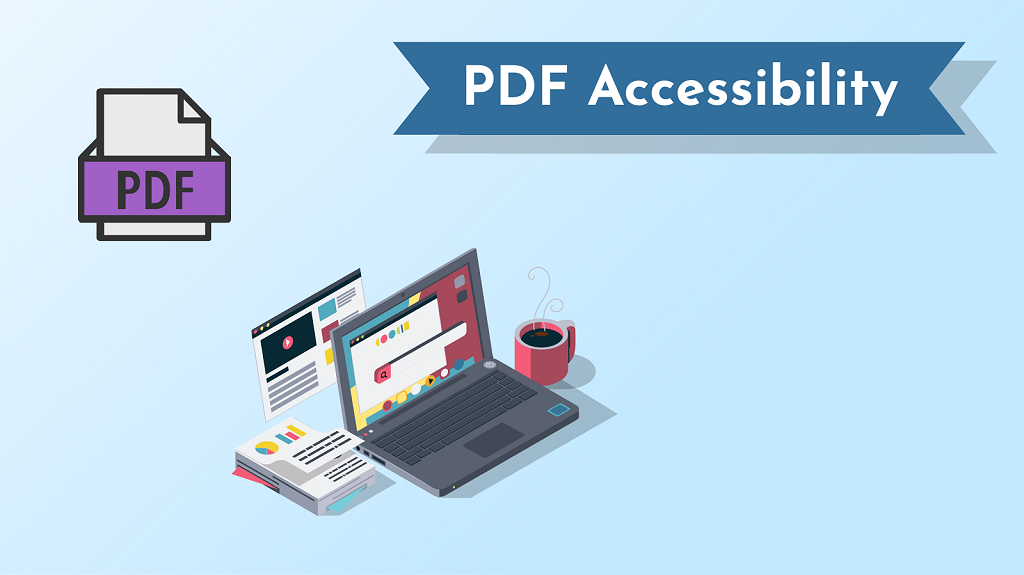When embedding PDFs on your website, you may encounter various errors that can disrupt the proper display and functionality of the embedded document. Understanding and addressing these common PDF embed errors is essential for a smooth user experience. In this article, we will explore the most prevalent PDF embed errors you may encounter and discuss ways to resolve them.
- “Failed to Load PDF Document”: This error message typically occurs when there is a problem with the PDF file itself or with the file path specified in the embed code. To troubleshoot this error, first, ensure that the PDF file exists and is accessible at the specified location. Double-check the file path for any typos or incorrect characters. If the issue persists, try opening the PDF directly in a web browser to verify its integrity. If the PDF file is corrupted, you may need to recreate or re-upload it.
- Blank or White Screen: When the embedded PDF displays as a blank or white screen, it indicates that the PDF viewer is unable to render the document. This error can occur due to various reasons. Firstly, verify that the PDF file is not corrupted or damaged. Check the file path and ensure that it points to the correct location. Additionally, confirm that the browser you are using supports the PDF viewer or plugin being used for embedding. Try clearing your browser cache and reloading the page to eliminate any temporary issues.
- “Blocked Content” or Cross-Origin Errors: Modern web browsers have security restrictions that may prevent embedding PDFs from different domains or servers. These errors typically occur when the embedded PDF is hosted on a different domain than the website embedding it. To resolve this, you can try hosting the PDF on the same server as your website or configure the server to allow cross-origin embedding using appropriate headers. Alternatively, consult the documentation of the PDF embedding method you are using for further guidance on resolving cross-origin errors.
- “PDF Not Found” or 404 Errors: This error occurs when the embedded PDF file cannot be found at the specified file path. Double-check the file path in the embed code and ensure that the PDF file exists at that location. Verify the file’s name, extension, and folder structure to make sure they match the embed code. It’s also essential to ensure that the file permissions and server configurations allow access to the PDF file.
- Compatibility Issues: PDF embedding may encounter compatibility issues across different browsers and devices. Certain features or interactivity within the PDF may not function consistently across all platforms. To mitigate this, consider testing the embedded PDF on various browsers (e.g., Chrome, Firefox, Safari, Edge) and devices (e.g., desktop, tablet, mobile) to ensure compatibility and consistent functionality. It may be necessary to adjust the PDF or use alternative embedding methods that are more universally supported.
- Slow Loading Times: Large PDF files or complex interactive elements can lead to slow loading times, resulting in a poor user experience. To address this, optimize the PDF file size by compressing images and removing unnecessary elements. Additionally, consider lazy-loading techniques, where the PDF is loaded only when it becomes visible to the user. These optimization methods can significantly improve loading times and enhance user satisfaction.
- Plugin or Software Incompatibility: If you are using a PDF embedding plugin or software, ensure that it is compatible with your website’s content management system and version. Outdated or incompatible plugins may cause errors or conflicts with other elements on your website. Regularly update the embedding tools and plugins to their latest versions and ensure they are compatible with your website’s environment.
- Insufficient Server Resources: Embedding PDFs may require server resources, such as memory or processing power, especially when dealing with large or complex PDF files. If you encounter errors due to insufficient resources, consider upgrading your hosting plan or consulting with your hosting provider.

